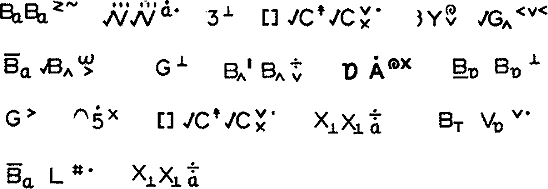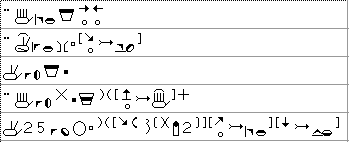Sign languages are forms of communication that use combinations of hand shapes, the orientation and movement of the hands, arms or body, and facial expressions to convey everything that spoken languages can convey. Manual alphabets or fingerspelling is also used to spell out words and names for which there are no signs.
Sign languages are used mainly by people who are deaf or hard of hearing, and also by their families, friends and others who have regular contact with them. However not all deaf people use sign languages - some rely on lip reading and speech.
There of hundreds of sign languages around the world, most of which are so different as to be mutually unintelligible. The most widely used sign language is probably American Sign Language (ASL), which is used is the USA, Canada, parts of Mexico and, with modifications, in quite a few other countries in Central America, Asia and Africa. ASL developed from Old French Sign Language and as a result, has little in common with British Sign Language (BSL) and the two languages are mutually unintelligible.
A sign language known as International Sign, originally Gestuno, has developed for use mainly at international Deaf events such as the Deaflympics and meetings of the World Federation of the Deaf. It enables people from different deaf communities to communicate with one another.
A number of systems have been developed for representing sign languages in written form. These include HamNoSys (the Hamburg Notational System) and SignWriting, both of which can be used for any sign language, and Stokoe Notation, a system for representing ASL in writing developed by William Stokoe in the 1960s.


Source: http://www.signwriting.org/forums/linguistics/ling006.html

Source: http://www.signwriting.org/forums/linguistics/ling007.html
There is a BSL sample text in SignWriting at:
http://www.lowlands-l.net/anniversary/english-bsl.php
This is the entire Universal Declaration of Human Rights, not just Article 1. The full text, in English and many other languages, can be found on the United Nations Human Rights site.
General information about sign languages
http://en.wikipedia.org/wiki/Sign_language
Handspeak: American Sign Language, Bady Sign, International Sign, etc.
http://www.handspeak.com
Sign Language information and resources
http://www.sign-language.biz
Lessons and courses in American Sign Language
http://www.lessontutor.com/ASLgenhome.html
http://www.aslaccess.org
http://www.lifeprint.com/asl101/
https://www.startasl.com
http://www.lifeprint.com
http://asl.ms
http://www.signingonline.com/
http://www.rocketlanguages.com/sign-language/premium/
Learn American Sign Language with Rocket Languages
Online BSL lessons
http://www.british-sign.co.uk
http://www.learntosign.org.uk
http://www.britishsignlanguage.com
Page last modified: 23.04.21
[top]
You can support this site by Buying Me A Coffee, and if you like what you see on this page, you can use the buttons below to share it with people you know.

If you like this site and find it useful, you can support it by making a donation via PayPal or Patreon, or by contributing in other ways. Omniglot is how I make my living.
Note: all links on this site to Amazon.com, Amazon.co.uk
and Amazon.fr
are affiliate links. This means I earn a commission if you click on any of them and buy something. So by clicking on these links you can help to support this site.
[top]